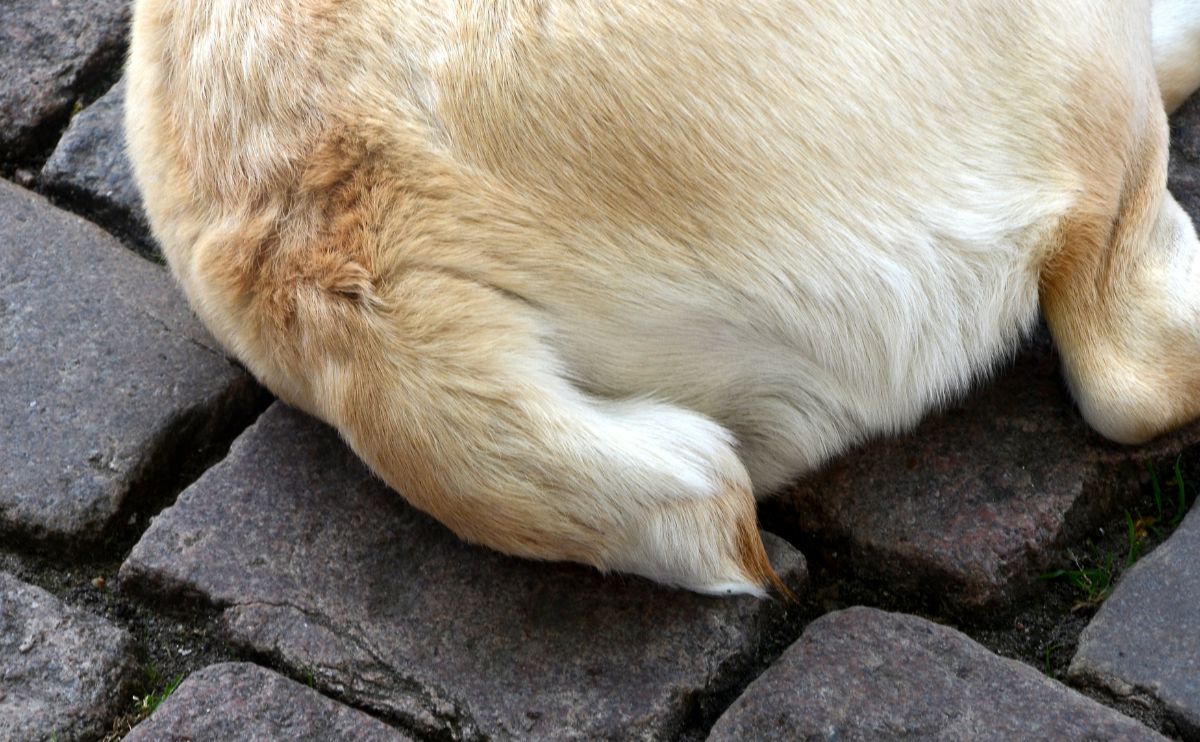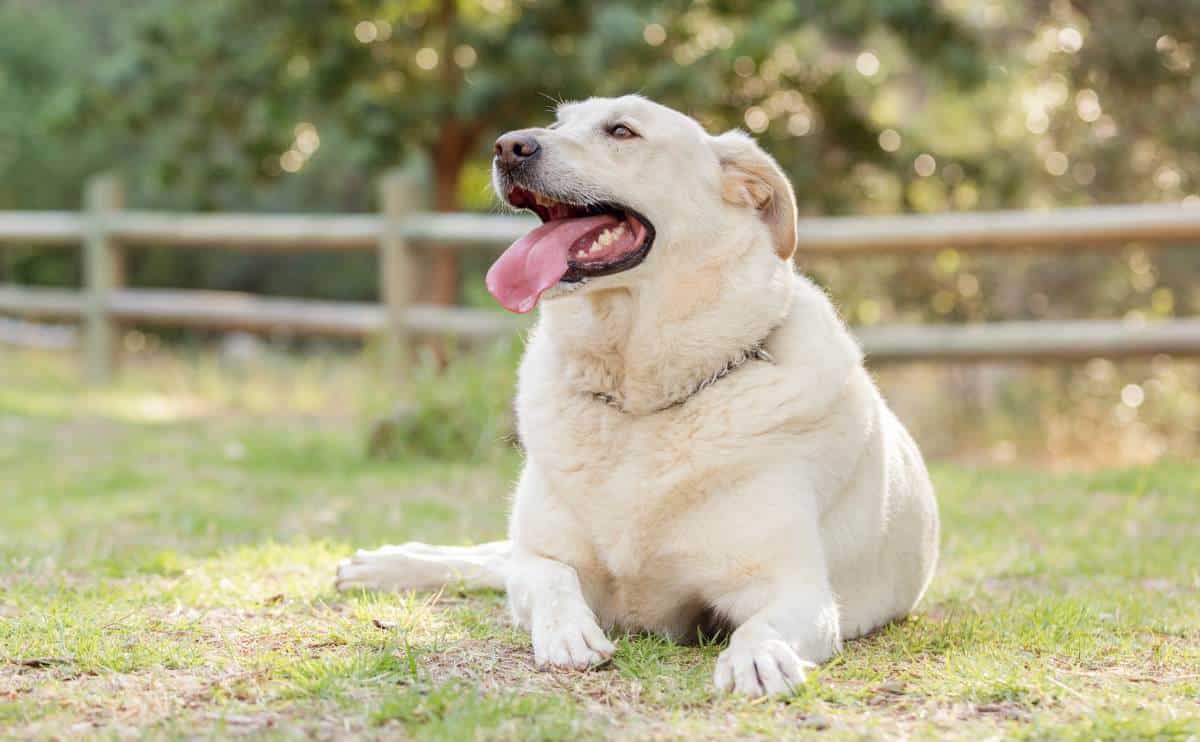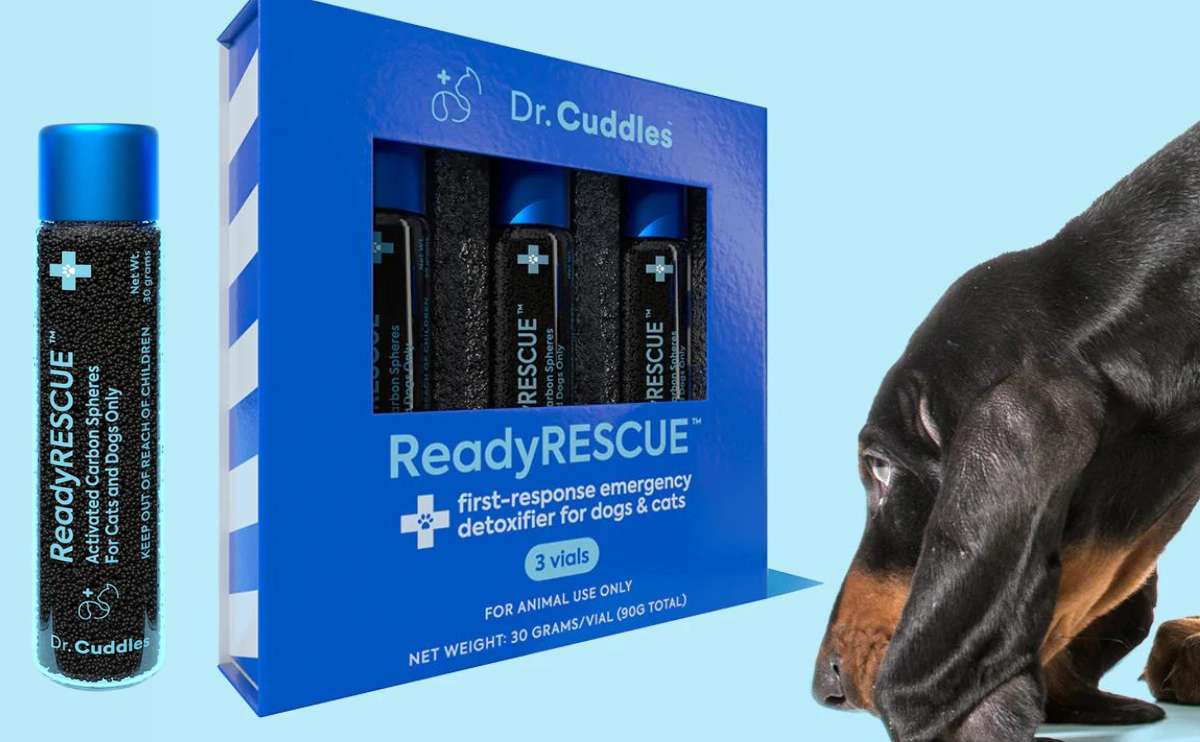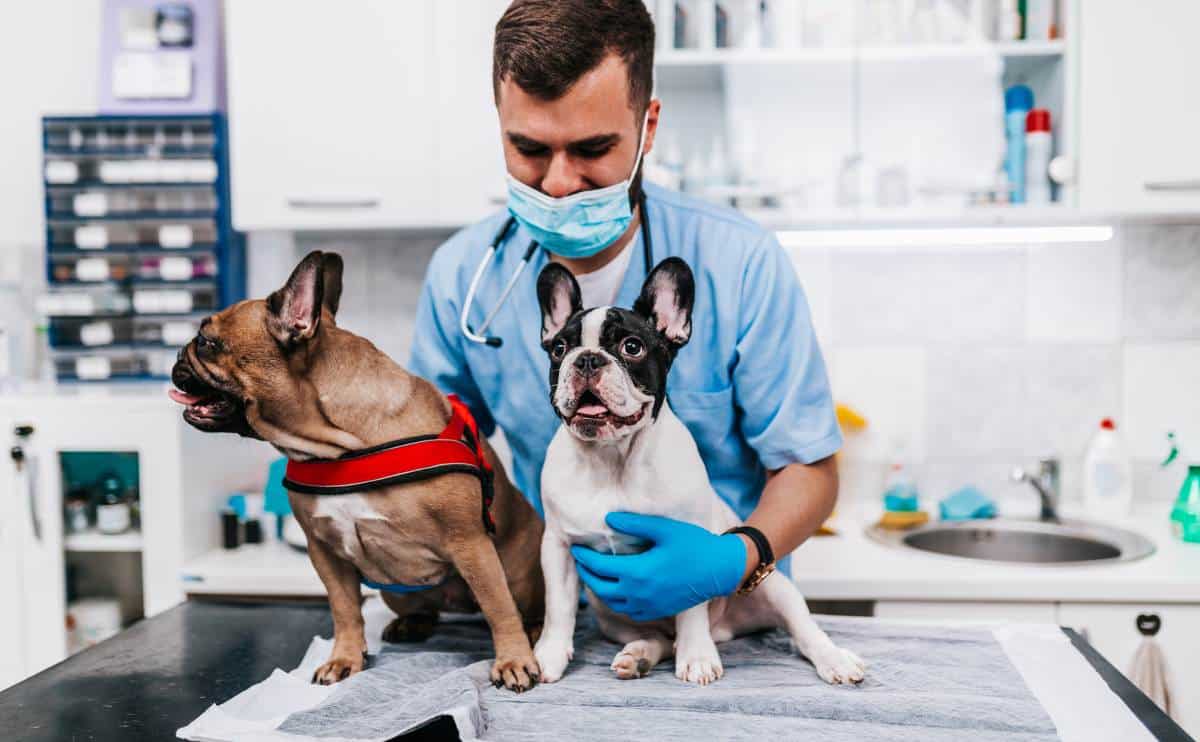When you purchase through links on our site, we may earn a commission. Here’s how it works.

Ear cropping and tail docking are common today, but are these practices necessary or merely cosmetic? These procedures seem archaic to some, but it’s still considered the norm for certain dog breeds. We explore this topic and give you the information you need to make an informed decision for your pup.
What Is Dog Ear Cropping?
Cropping, also known as clipping dogs’ ears, removes all or part of the external ear flap on a dog. It is often performed on breeds with naturally floppy ears. Many countries, including the United Kingdom and Australia, ban this practice (as well as tail docking) because it’s thought to be purely cosmetic; thus, it’s considered animal cruelty to perform unnecessary surgery on an animal.
Why Do People Crop Dogs’ Ears?
You may be wondering why people clip or crop dogs’ ears. Most often, it’s done for perceived health benefits and cosmetic reasons like making the dog appear stronger or more aggressive. Some claims suggest that it can minimize ear infections and improve hearing. However, no data supports the idea that cropping a dog’s ears improves its health or hearing over natural ears.
Many breed standards set by the American Kennel Club (AKC) and other pedigree organizations have cosmetic requirements, including cropped ears for certain breeds. But unless you are competing in a dog show or other event that requires these appearance standards, this isn’t necessary.
Ear Cropping Ethical Implications & Animal Welfare Concerns
There are several ethical and animal welfare concerns around ear cropping. These primarily center around it being unneeded, painful, and considered cruel by many people.
According to the American Veterinary Medical Association (AVMA), the procedure risks include dogs feeling discomfort and pain, infection, ears that fail to stand, a distorted ear shape and position, and the need for further surgery. Along with many other veterinary associations, including the American Animal Hospital Association, the AVMA opposes the cosmetic cropping of dog’s ears. The AVMA does not support claims that ear cropping prevents any medical conditions or ear infections in dogs.
There is a wide range of public perception about ear cropping and tail docking. A surprising number of people may look at a dog with cropped ears or tail and think it is genetic. This perception is more widespread for the ears, as only some realize these procedures are still being done. Research has also indicated that dogs with cropped ears and tails are perceived as more aggressive, dominant, less playful, and less attractive than dogs in a wholly natural state.
Procedure
Veterinarians typically perform ear cropping when dogs are between 9 and 12 weeks old when cropping is considered most effective. General anesthesia is also typical, and the procedure removes about two-thirds of the ear (the external ear flap) and many nerve endings.
Healing Process
Ears are stitched and bandaged for several weeks. The vet may need to check and replace these bandages periodically to ensure proper healing.
Risks
The surgery to get the ears cropped has risks, including the use of general anesthesia and post-surgery complications. Additionally, the ears may become infected, experience bleeding, or even need to be amputated (rare but possible with significant difficulties). The dog’s ears will be sensitive and painful for weeks after surgery. The dog may experience phantom pain, and there is no guarantee of the success of the operation.
10 Common Breeds With Cropped Ears
The AKC recognizes 20 breeds with cropped ears. Below are the most familiar dog breeds with their ears cropped.
- American Pitbull Terrier
- Beauceron
- Boston Terrier
- Boxer
- Brussels Griffon
- Caucasian Shepherd Dog
- Doberman Pinscher
- Great Dane
- Miniature Pinscher
- Schnauzer
What Is Dog Tail Docking?
Tail docking is the removal of part of a dog’s tail. The amount removed can vary depending on the breed standards.
Why Do People Dock Dogs’ Tails?

In the past, tail docking was thought to prevent rabies, strengthen the dog’s back, increase its speed, and prevent injuries from fighting.
Today, people dock a dog’s tail to prevent the spread of infection, help heal from disease, or for cosmetic reasons. They also dock to avoid injuries for working dogs who could get their tails caught in something. However, most tails are docked primarily for cosmetic purposes, causing unnecessary pain to the dog.
Procedure
Vets typically perform tail docking when a dog is just a few days old. There are two ways to dock a tail. The first way consists of constricting the blood flow to the tail with a rubber ligature until the tail falls off, which can take a few days. The second is severing the tail with scissors or a scalpel.
Healing Process
Make sure you keep your dog’s bedding clean and monitor the surgical site until it heals fully. The space your dog is in must be kept clean, dry, and free of urine and feces.
Your vet will tell you when to remove the bandages, typically two to three days after surgery. Check with your vet to learn the removal process they recommend.
Monitor the area for redness, swelling, and discharge. If you see these signs, there may be an infection. Your dog will probably need a follow-up visit about a week after surgery to have the stitches (if used) removed.
15 Common Breeds With Docked Tails
The AKC recognizes 62 breeds with docked tails. Below are some of the most familiar breeds.
- Australian Shepherd
- Boxer
- Brittany Spaniel
- Cocker Spaniel
- Doberman Pinscher
- English Springer Spaniel
- German Shorthaired Pointer
- Jack Russell Terrier
- Miniature Pinscher
- Pembroke Welsh Corgi
- Poodle
- Rottweiler
- Schnauzer
- Wire-Haired Fox Terrier
- Yorkshire Terrier
State Laws For Ear Cropping & Tail Docking
We got this information from the AVMA (American Veterinarian Medical Association), which was last updated in 2019. However, current legislation could change the rules in some states. Be sure to check the laws in your state and talk to your vet about how they will affect your decisions on dog ear cropping and tail docking.
Ear Cropping Laws
- Nine states regulate ear cropping (Connecticut, Illinois, Maine, Maryland, Massachusetts, New Hampshire, New York, Pennsylvania, and Washington).
- It’s illegal to crop a dog’s ears in Connecticut, Maryland, New Hampshire, New York, and Pennsylvania unless done by a licensed vet while the dog is under anesthetic.
- Maryland law states that the ear cropping must be “appropriate on the animal.”
- Massachusetts forbids ear cropping except when performed by a licensed vet. However, it does not have an anesthesia requirement.
- It’s illegal in Washington to perform ear cropping except when it is considered a customary management practice. A licensed veterinarian must perform ear cropping and tail docking of dogs over seven days old.
- “Animal torture” is illegal in Illinois (includes both ear cropping & tail docking) but has an exception for altering an animal done under the direction of a licensed vet.
- Maine bans mutilating an animal by irreversibly damaging body parts (including ear cropping & tail docking) but makes an exception if performed by a licensed vet.
Tail Docking Laws
- 21 states regulate tail docking in some form.
- Maryland and Pennsylvania are the only states that have provisions restricting the tail docking of dogs.
- It’s illegal in Pennsylvania to dock a dog’s tail if it is older than five days unless medically necessary.
- In Maryland, only vets can perform tail docking and only if they use anesthesia and it’s considered appropriate.
- Alaska and Louisiana allow tail docking, but only if it is sanitary, minimizes the dog’s pain and distress, and is done quickly.
What Is Cat Ear Tipping?
When a stray cat is spayed or neutered, the vet often cuts a 3/8″ slit in the cat’s ear (left ear for male cats, right ear for females), creating a universally recognizable signal that the cat has been fixed. The procedure happens via a Trap-Neuter-Return (TNR) program, which is a common practice for controlling stray cat populations.
Ear tipping is not considered a painful or dangerous procedure since it is performed while the cat is already under anesthesia for the spay or neuter procedure, and the feline heals quickly without further treatment. However, there are always animal rights purists who see this as a controversial and unnecessary procedure.
Think Twice Before You Amputate
While the AKC recognizes ear cropping and tail docking as “acceptable practices integral to defining and preserving breed character, enhancing good health, and preventing injuries,” many vets and animal rights advocates don’t agree. The AVMA opposes ear cropping and tail docking when done solely for cosmetic purposes and encourages the elimination of these practices from breed standards.
This two-and-a-half-minute video from Inside Edition gives you some food for thought on whether or not dog ear cropping and tail docking are the right choices.
Does Pet Insurance Cover Tail Docking & Ear Cropping?
No, pet insurance does not cover elective procedures like tail docking and ear cropping. Pet insurance covers unexpected accidents and illnesses. You can learn more in our pet insurance comparison.
You Don’t Have To Crop And Dock For a Strong Dog
While some people use ear cropping and tail docking to make their dogs appear stronger and to portray a more aggressive appearance, that really isn’t necessary. If you’re looking for a protective breed to help keep your home and family safe, consider one of the best guard dogs for families as your next pup. These breeds are famous for their protective nature and have those instincts whether you crop and dock them or not.
Keeping Your Dog Healthy
There are many steps you can take to keep your pup healthy. If you adopt a dog with cropped ears or a docked tail, be sure to have them examined by the vet to ensure there are no issues from the surgery. Along with that, proper veterinary care, preventive visits, healthy food, and regular exercise are pivotal parts of keeping your pup happy and healthy for years to come.
Why Trust Canine Journal?
Kimberly has been a canine lover her whole life. She is passionate about giving dogs the best care and most love in the world. Included is advocating for their health and what is and isn’t necessary. She has extensively researched elective procedures like ear cropping and has spoken with veterinarians. Her content is thoroughly researched and fact-checked to provide all-encompassing details.
Tagged With: Ears

